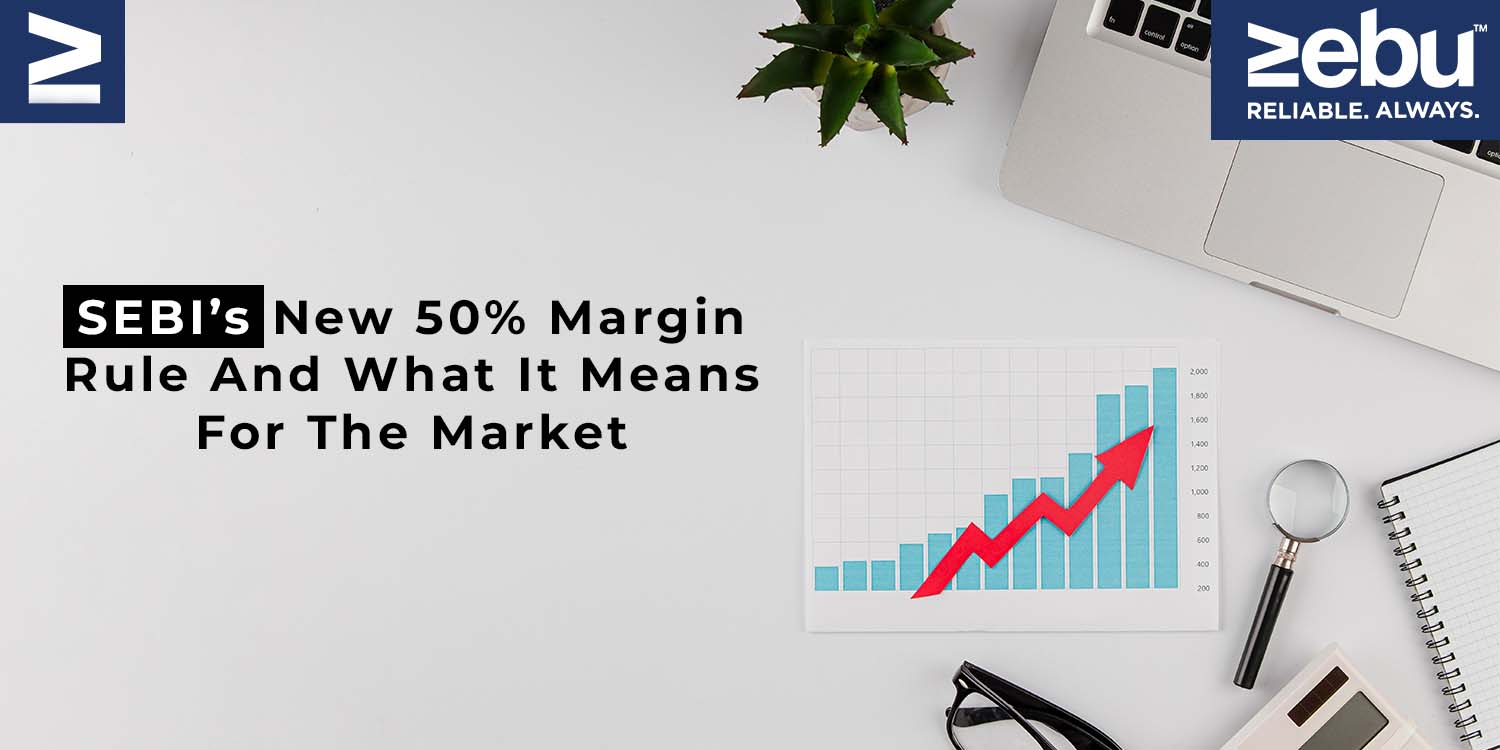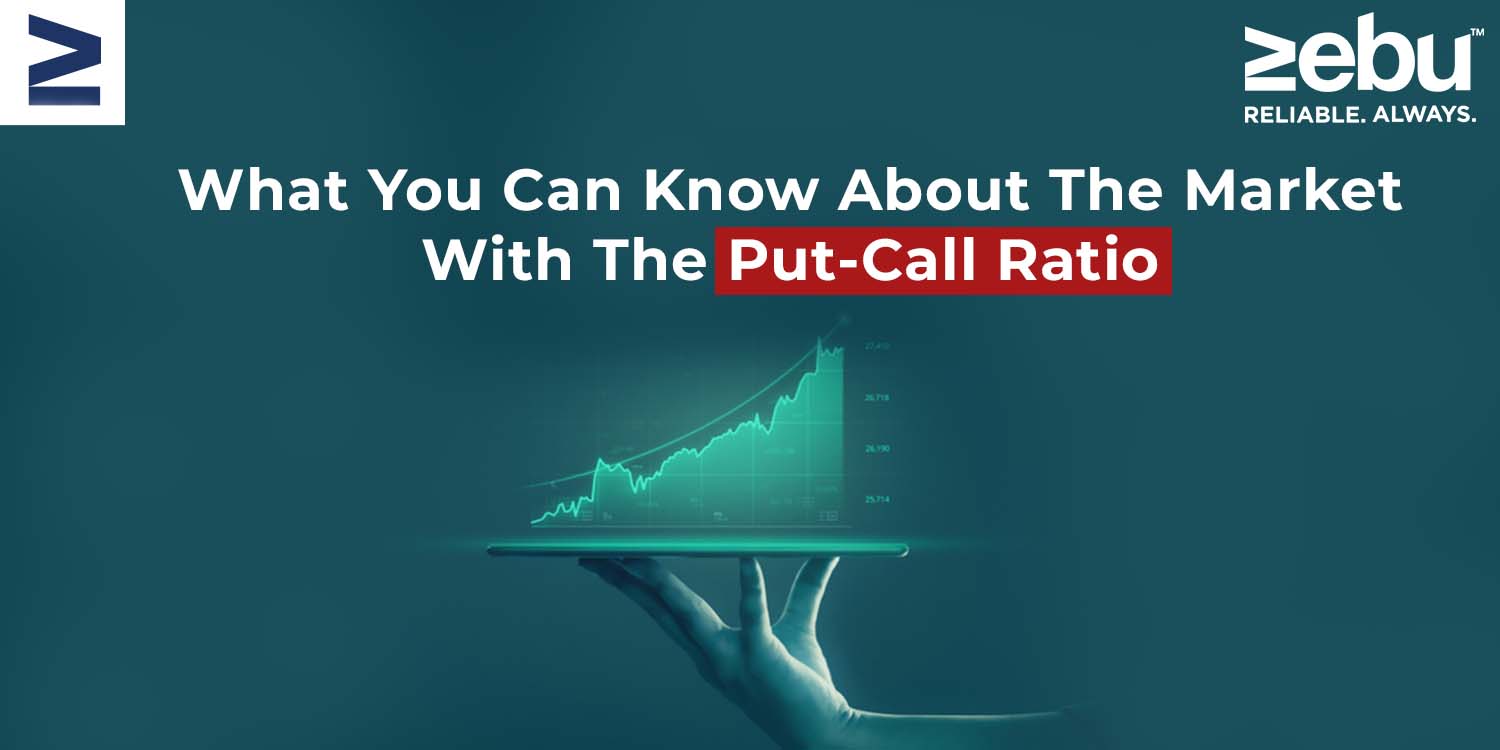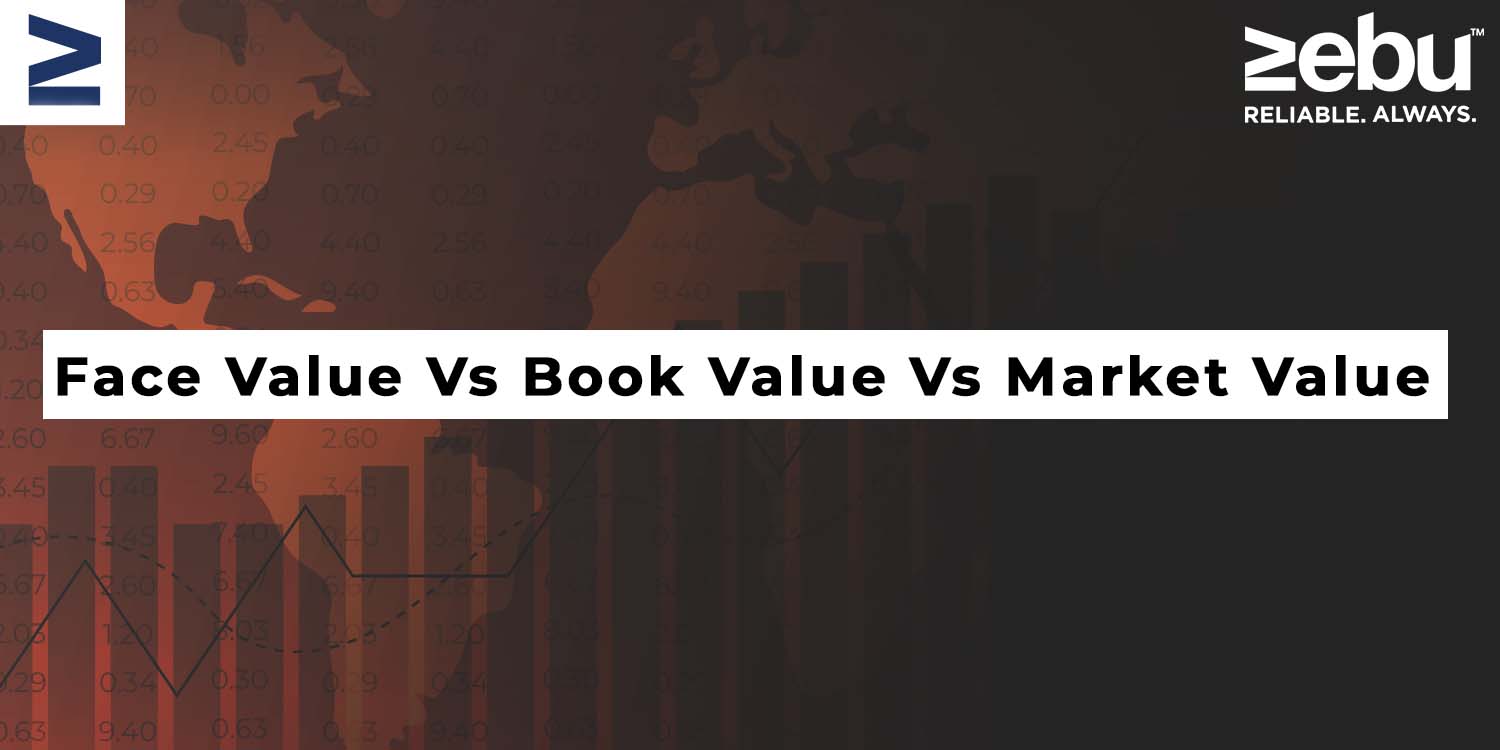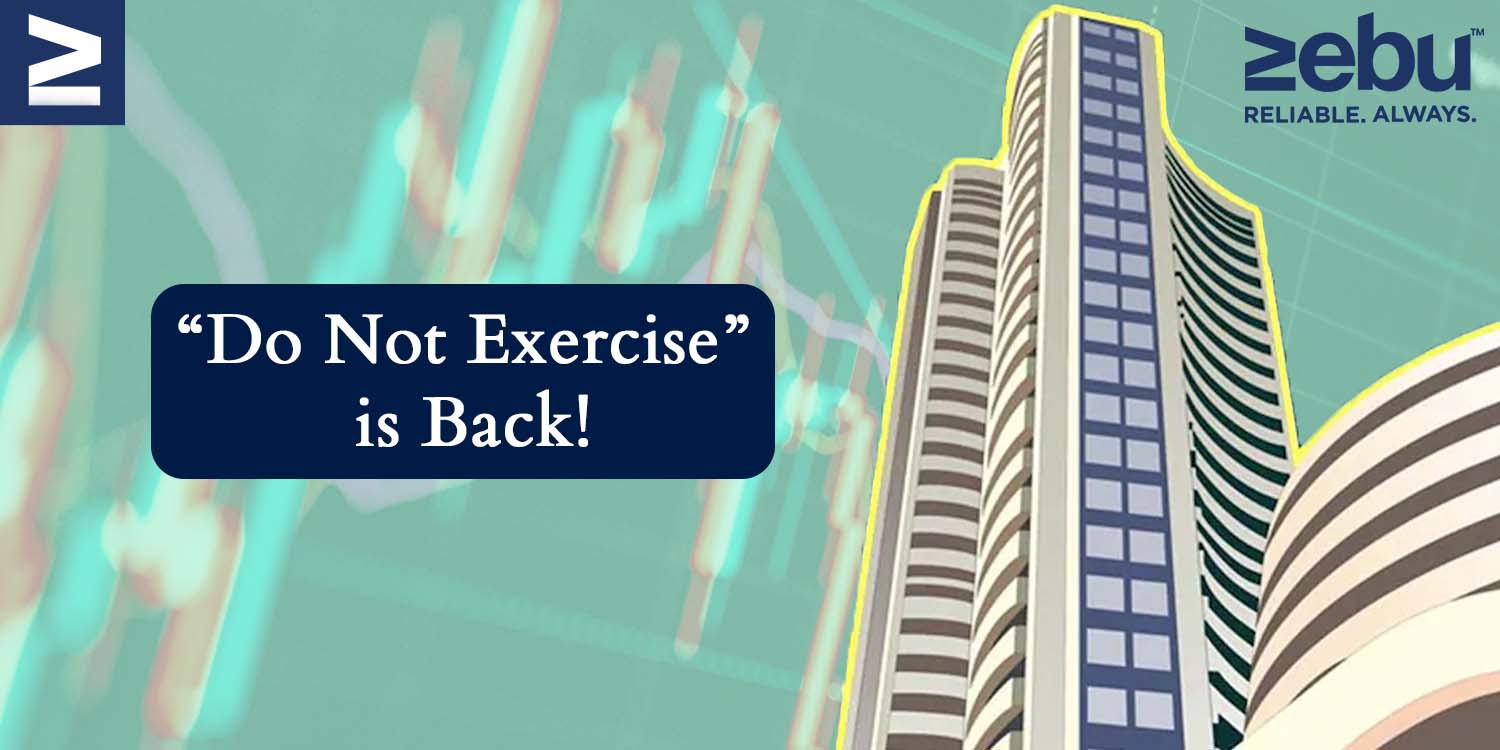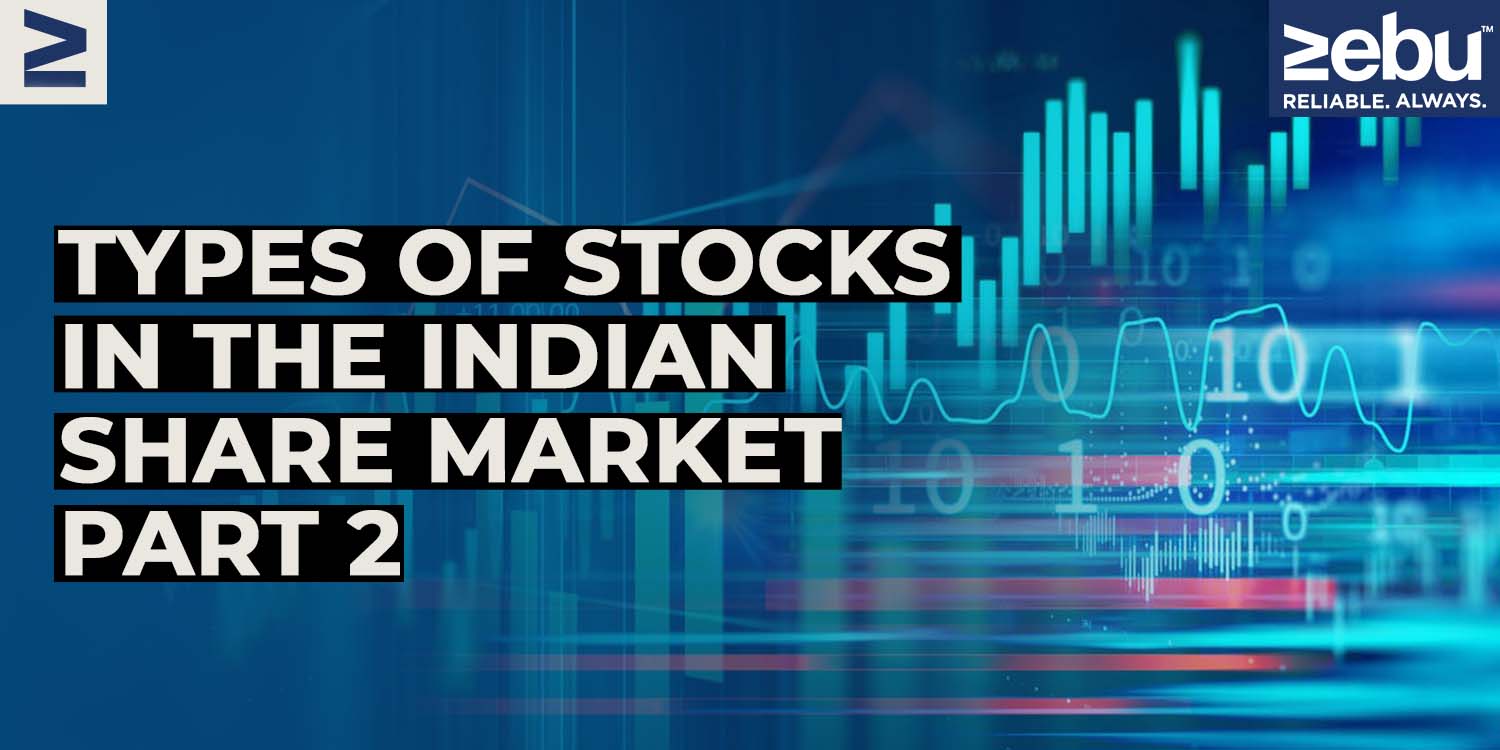
Large Cap vs Mid Cap vs Small Cap: Key Differences That Actually Matter
When it comes to investing in the stock market, you have so many options to choose from! You can choose from over 5000 companies based on your risk-taking abilities and market conditions. However, these stocks can be classified broadly into a few types that will make investing easy for you. Let’s look at the many types of stocks and how to choose them. 1. Blue-chip stocks Blue-chip stocks are top-rated stocks that you might be very familiar with. For example, Reliance, TCS, Nestle, and Asian Paints are a few blue-chip companies. But do you know what these businesses all have in common? They’ve been in business for a long time. They are well-known with a long track record of performance. Show consistency in performance Are pioneers in their respective sectors Have strong financials These companies’ stocks are good buys. Since these companies are the best in their respective industries, they can provide consistent returns. More importantly, because they are at the top of their game, you may not notice a significant decline. Are very liquid since there are always investors wanting to acquire these equities. Before we proceed, let’s discuss an important market term – beta. Who doesn’t like the attractive combination of predictable returns and low volatility? But how does one evaluate both of these combinations in a single stock? There are numerous methods for evaluating a firm, but one efficient method is to examine its Beta. What exactly is a Beta? Beta is a measure of stock volatility in relation to stock indices such as the Nifty, which has a beta of one. A stock is regarded as more volatile than the index if its beta is greater than one. It is typically favoured by aggressive investors with a high-risk tolerance. A stock with a beta of less than one, on the other hand, is considered low volatile and is chosen by conservative investors with a low-risk appetite. Beta can also be referred to as market risk or systematic risk. 2. High-beta stocks Stocks with a beta greater than one are considered high beta. Because of their high beta, these companies are volatile and are preferred by aggressive investors. They also have the potential to outperform the benchmark index in terms of returns. Stocks in financial services, infrastructure, metals, and other industries are considered high beta. So, what are stocks with a low beta value called? That brings us to our next stock kind. 3. Defensive stocks In layman’s terms, defensive stocks are equities issued by corporations that are not affected by economic cycles. Companies in this area include healthcare, utilities, and food & drinks, among others. Regardless of the state of the economy, you will require food, healthcare, and electricity. So, these are not affected by economic events. These stocks often have a beta of less than one and are considered low volatile. Despite a market slump, these equities are unlikely to decline significantly in comparison to other stocks. As a result, they are often favoured by investors who do not wish to take on a significant level of risk with their equity portfolios. But what kind of equities are genuinely affected by the economic cycle? 4. Cyclical securities Cyclical equities, on the other hand, are corporations whose performance is affected by economic cycles. When the economy is in a boom, there is a strong demand for these companies’ products, which leads to better profitability and rising stock values. When the economy is in a slump, however, demand for these industries’ products falls, resulting in fewer earnings and a drop in stock price. Steel, cement, infrastructure, vehicle manufacturers, and real estate firms are examples of companies that belong within this category. You may have guessed why by now. Because budget cuts make it less probable to buy a new automobile or a new house while the economy is struggling. In the next blog post, let’s discuss more types of stocks.


